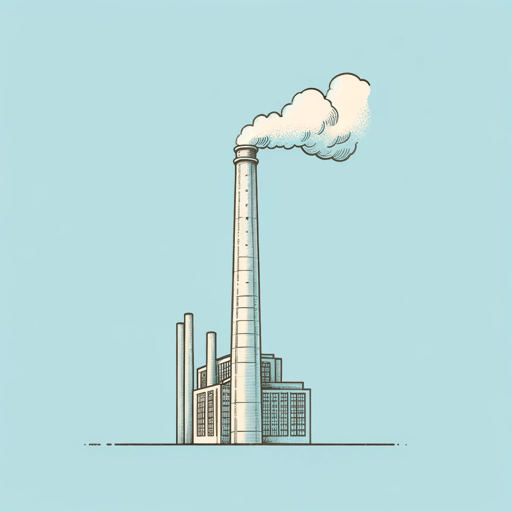60 pages • 2 hours read
Thomas J. SugrueThe Origins of the Urban Crisis: Race and Inequality in Postwar Detroit
Nonfiction | Book | Adult | Published in 1996A modern alternative to SparkNotes and CliffsNotes, SuperSummary offers high-quality Study Guides with detailed chapter summaries and analysis of major themes, characters, and more.
ConclusionChapter Summaries & Analyses
Conclusion Summary and Analysis: “Crisis: Detroit and the Fate of Postindustrial America”
Sugrue ends his book with a discussion of the 1967 Detroit race riots. The riots began after police busted an illegal saloon in a large Black neighborhood. A crowd started throwing bottles and rocks at police. By morning, the crowd was 3,000 strong. The riot raged until 17,000 police officers, federal troops, and National Guardsmen squashed it five days later, leaving 43 dead and over 7,000 under arrest. Property damage and looting totaled tens of millions of dollars (259).
Sugrue compares the 1967 riots to those of 1943. Participants in the former were predominantly Black, while the latter involved equal numbers of Black and white rioters. Competition between Black and white Detroiters for jobs and housing sparked the 1943 riots, while the legacy of white flight and racial discrimination galvanized the 1967 protests. The lack of housing and economic opportunities spurred resentment among Black people with low incomes. Militancy grew among Black youths. The number of young adults unattached to the labor market increased steadily in the 1960s. By 1980, only half of the Black male population participated in Detroit’s formal job market. Persistent unemployment increased the gap between Black and white Detroiters. Racial segregation continued throughout the city. Civil-rights activists became frustrated at the slow pace of change, leading some to turn to Black Power organizations.

